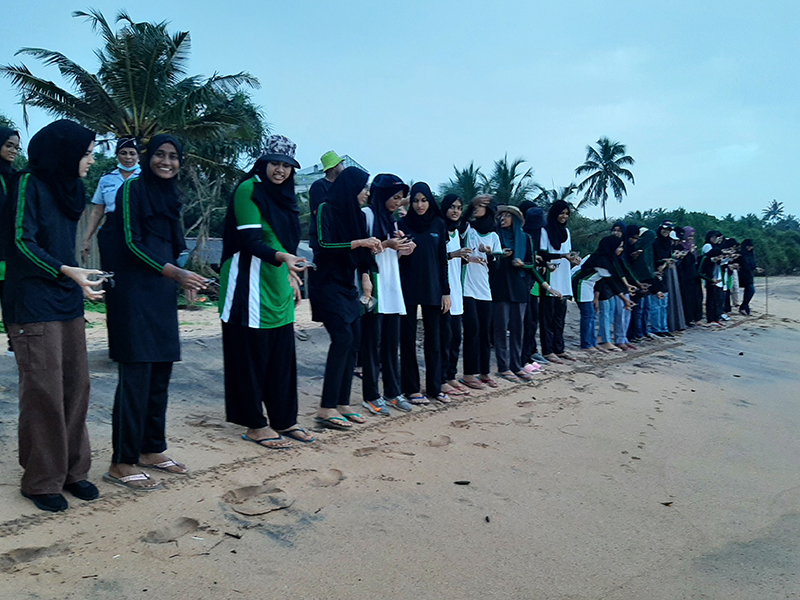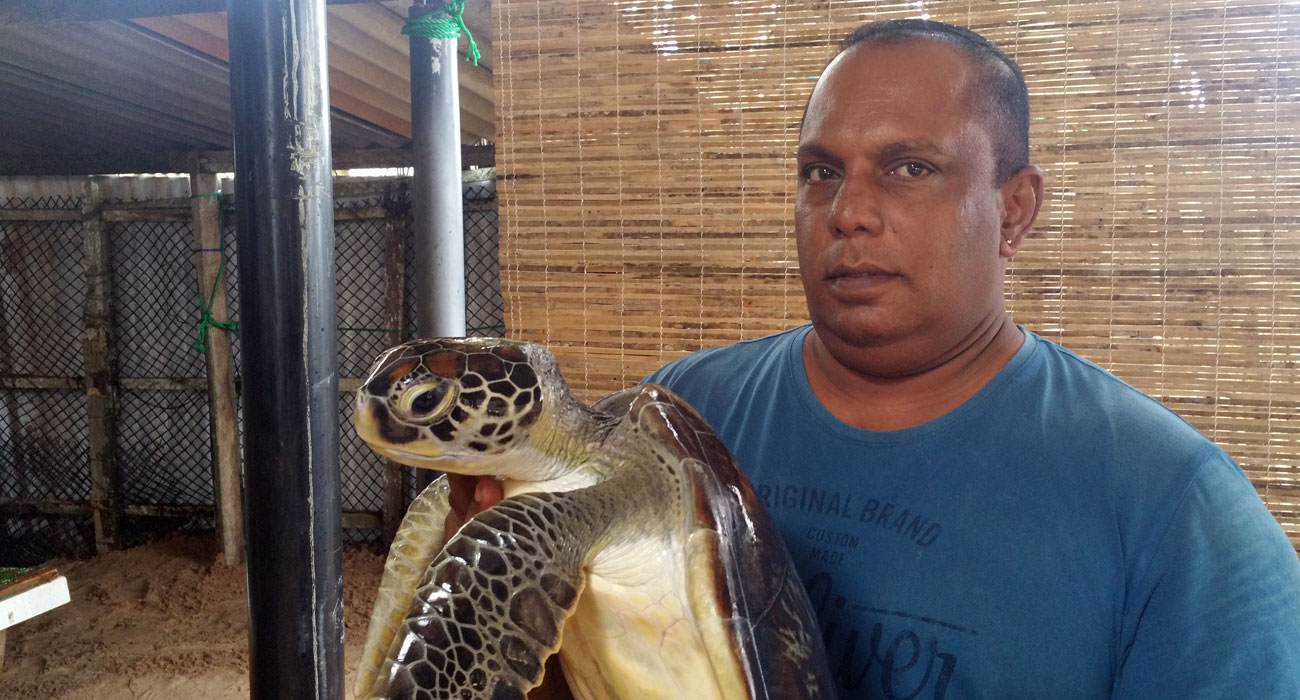Natator depressus
Distribution
The flatback sea turtle has the smallest range of the seven sea turtles. They are found in the continental shelf and coastal waters of tropic regions. These turtles do not travel long distances in the open ocean for migrations like other sea turtles. They can be typically be found in waters of 60 m or less in depth. They do not have a global distribution like the other sea turtles. Flatback sea turtles can be found along the coastal waters of Northern Australia, the Tropic of Capricorn, and the coastal areas of Papua New Guinea. Their distribution within Australia is in the areas of Eastern Queensland, Torres Strait and Gulf of Carpentaria, Northern Territory, and Western Australia. Each of these areas are where nesting sites can be found.
Threats
All marine turtles are faced with threats such as habitat loss, the wildlife trade, collection of eggs, collection of meat, by-catch, pollution, and climate change. Flatback turtles are specifically threatened by the direct harvest of eggs and meat by the indigenous people of Australia for traditional hunting. These people are given the right to harvest by the government, but only if for non-commercial purposes. Another threat they are struggling with is the destruction of their nesting beaches due to coastal development and the destruction of feeding sites at coral reefs and the shallow areas near the shore. Camping on these beaches compacts the sand and contributes to dune erosion, and the wheel ruts caused by vehicles driving on the beaches can trap the hatchlings on their journey to the sea. Coastal development contributes to barriers that make it difficult or impossible for adult turtles to reach nesting and feeding sites. These turtles also fall prey to incidental capture. They are caught by fisherman, particularly by trawling, gillnet fishing, ghost nets, and crab pots. Lastly, pollution is a concern for these creatures. Pollution can affect the timing of their egg laying, how they choose their nesting site, how hatchlings find the sea after emerging, and how adult turtles find the beaches.
Refference : Wild REACH








